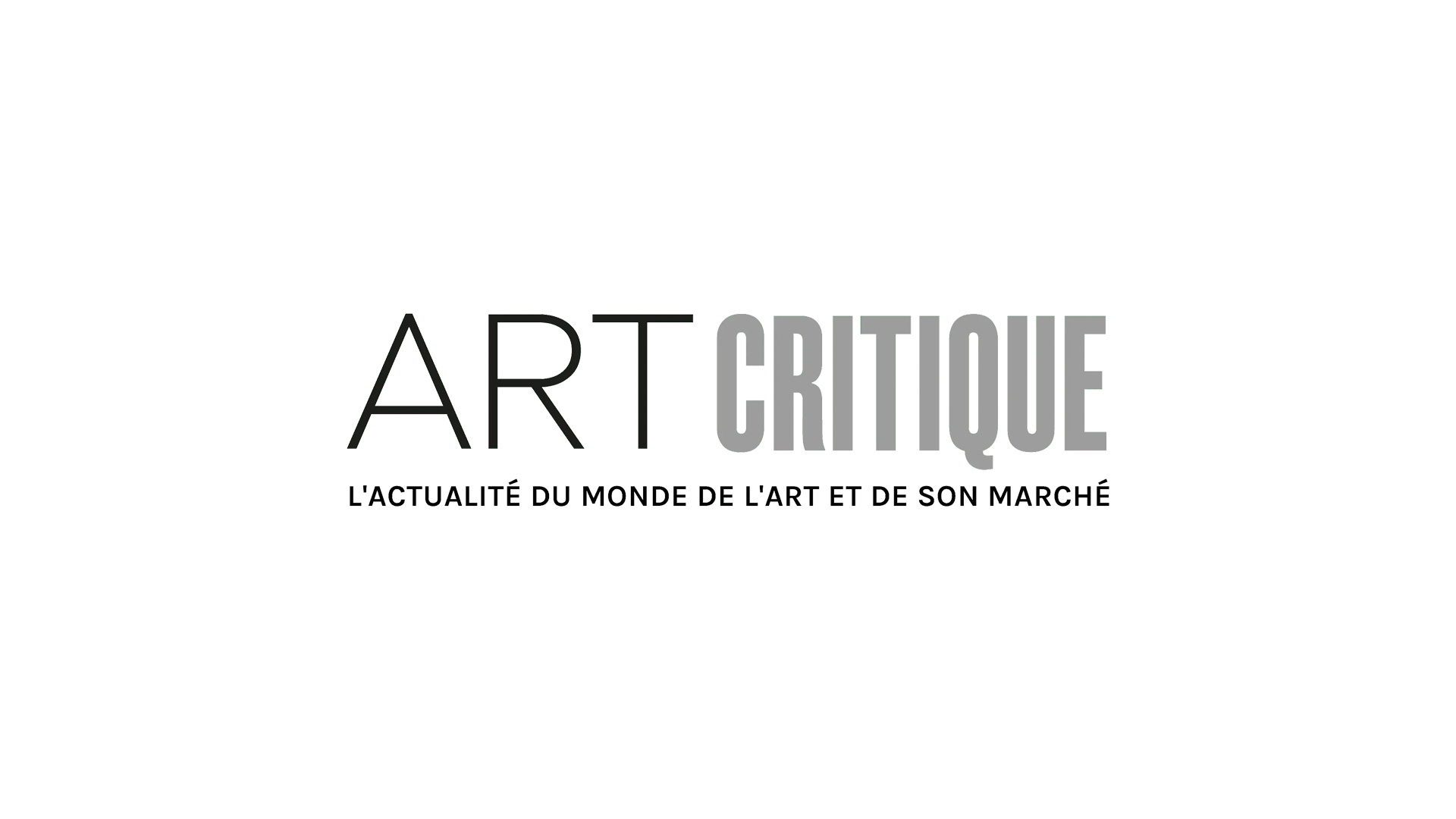Anticipation to experience James Turrell’s transformational artwork, Roden Crater, mounts as the artist announces a timeline to finish the 42-year project. The immersive artwork lies within a volcanic crater, a mile and half wide and a half-hour drive from Flagstaff, Arizona. Turrell recently announced that this career-long installation will be open to visitors in five years thanks to the efforts of his art foundation Skystone, his partnership with Arizona State University, and Kanye West’s generous 10-million-dollar gift. This ambitious project may be the largest Land Art endeavor ever created. Moreover, the sensorial elements of walking through the crater’s tunnels of light, pools of water, and skyscapes clearly illustrate the artists’ intention of gathering all the types of light: sunlight, moonlight, planetary light, and galactic light to create a unique experience for visitors.
The 75-year-old artist’s distinguished practice began with his training in perceptual psychology and his early fascination with light. Turrell started exploring light and perception a medium in southern California in the mid-1960s. This experimentation translated into exhibited works such as his light series Mendota Stoppages, high-intensity projection pieces, and apertures flooding natural light – forming the foundation for the artist’s later works such as Roden Crater.
Turrell’s interest in creating immersive work guided him to create a remote artwork at a high altitude that would allow him to give participants an opportunity to experience light’s forms and abilities. The artist, who is also a pilot, searched across the southwest for the perfect natural formation to realize his vision. In 1977 he acquired a dormant cinder cone located in the Painted Desert of Arizona. Throughout four decades, the artist tunneled through the site, removing tons of earth to create chambers and passages that open up to the skies.

Roden Crater’s long history is in part to its ambitious scale and precise design. The artwork is composed of 23 separate installation spaces – planned to the last quarter inch. Currently, the few visitors invited to the crater can experience some of the completed areas including the Alpha Tunnel. A 900-foot-long passageway that when combined with synced apertures form both a naked-eye telescope and monumental camera obscura. Other foreseen spaces include deep pools of water that reflect light and chambers where visitors can see their shadows cast in planetary light.
Although parallels can be drawn between Roden Crater and the Land Art movement, the monumental scale of Turrell’s volcanic work and its integral relationship to nature brings to mind venerable structures. When coupled with the interdisciplinary scope of the project, visitors may find more connections with ancient architectures such as Peru’s Machu Picchu or Ireland’s Newgrange than other contemporary artworks. According to Turrell’s artist statement, Roden Crater belongs to a tradition of grand structures that have been built by not only artists but also rulers and priests. Turrell contextualizes the artwork’s role as, “In this stage set of geologic time, I wanted to make spaces that engage celestial events in light so that the spaces perform a ‘music of the spheres’ in the light.”
Turrell’s final vision for Roden Crater also includes a museum that incorporates both the legacy of his art practice and the natural history of the crater. The structure which is designed to last hundreds of years will also be accompanied by an amphitheater, restaurant, and lodgings. Due to the projects monumental proportions, longevity, and impact, Turrell’s Skystone Foundation has partnered with Arizona State University. Through this strong merger, efforts to fundraise the $200 million needed to complete Roden Crater will accelerate. In addition, ASU’s school Herberger Institute for Design and the Arts and its students will play a dynamic role utilizing field lab course and integrated curriculum to examine the interdisciplinary nature of volcanic artwork. One of the few students who participated in the inaugural lab last fall described the experience of Turrell’s work as, ““Walking along this really long tunnel and finally you reach this moment when you realize that you’ve been looking at the sky the whole time, but you didn’t understand that until you reach a certain point. For me, it was almost a spiritual experience.”





